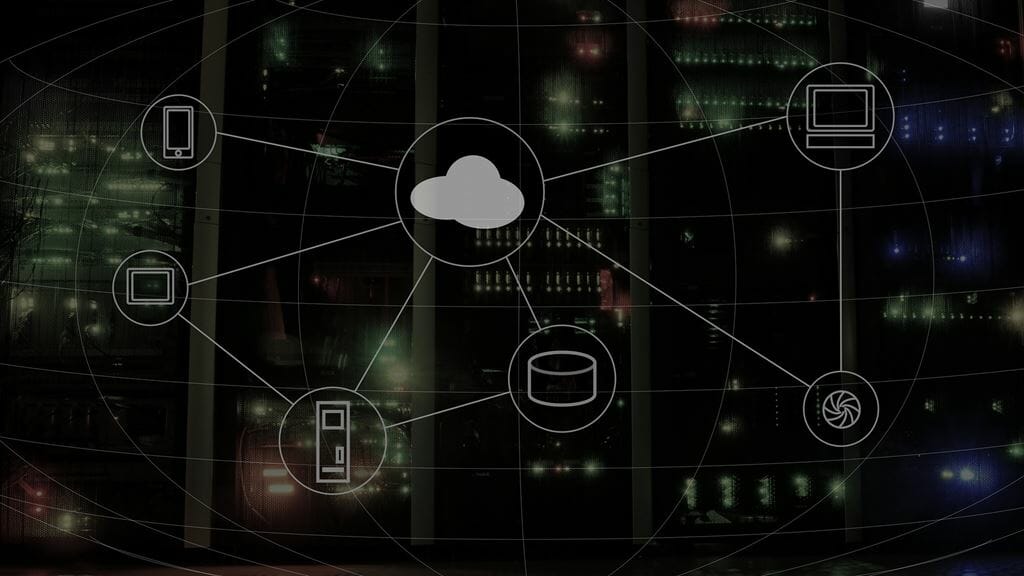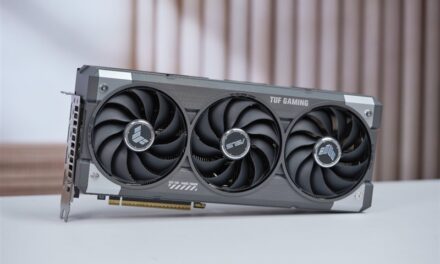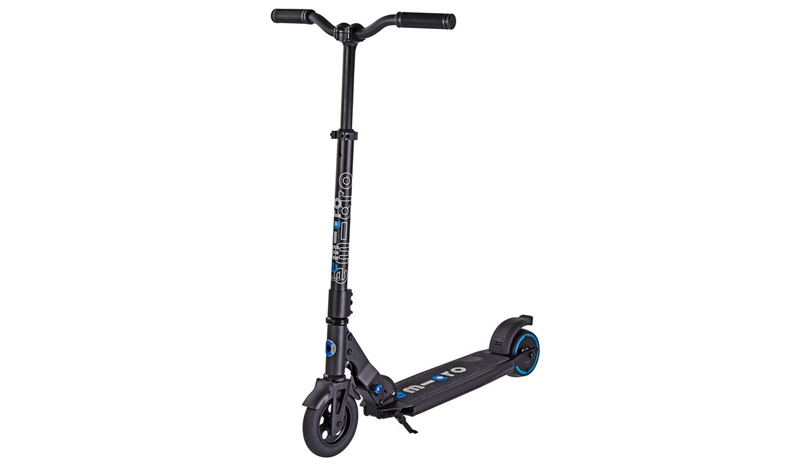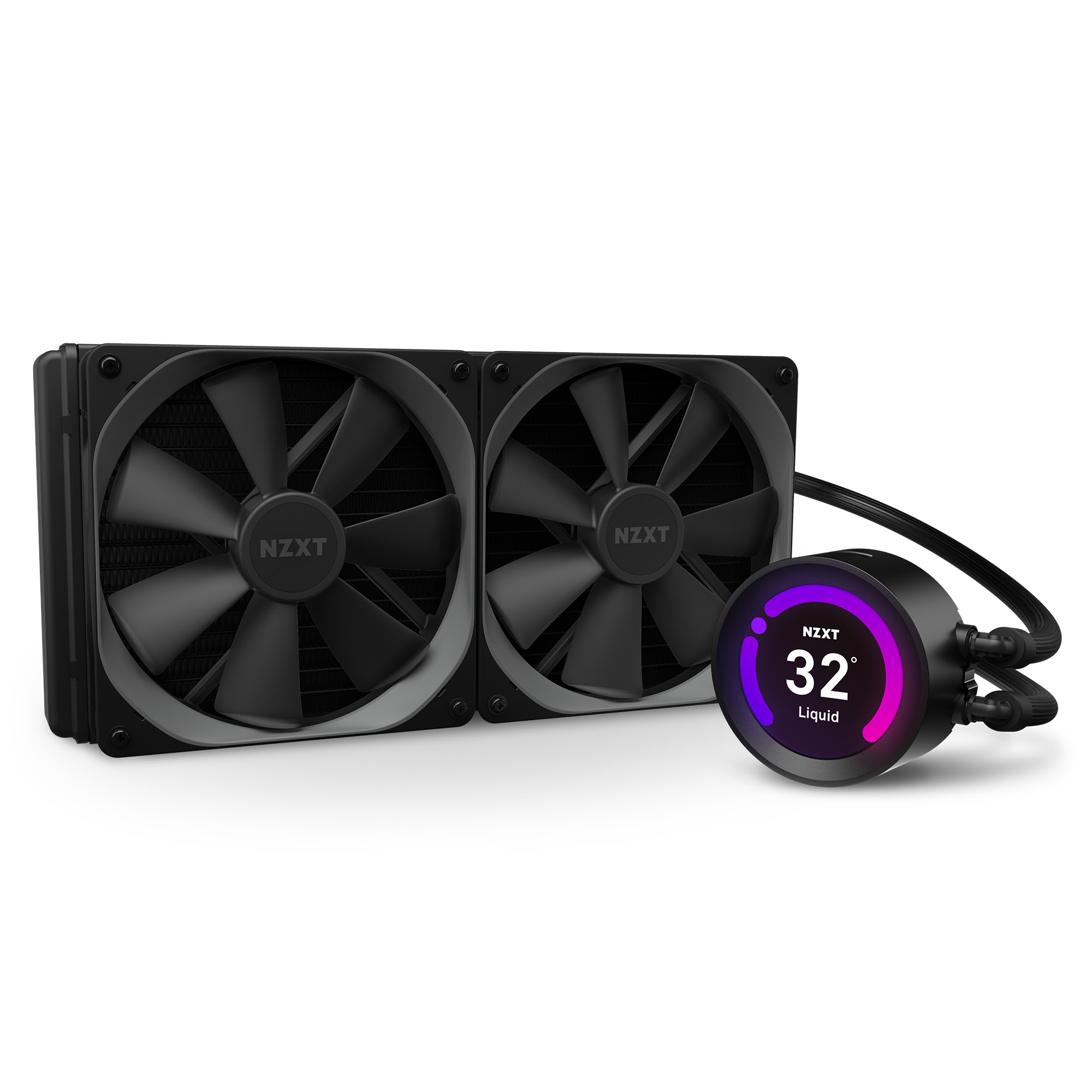
SASE 101: Why Do You Need SASE As A Business Owner

There wasn’t a global pandemic when Gartner first came out with the SASE concept in 2019. Still, Gartner predicted a rise in the deployment of the architecture into about 40% of organizations worldwide by 2024, from less than 1% in 2018.
But with the accumulated events that followed the pandemic and tipped up every enterprise’s long and short-term IT initiatives, many organizations are now having to launch into the cloud with increasing necessity, and one can predict that decentralized concepts like SASE are likely to become an enterprise norm even before 2024.
In fact, a new report predicted that 67% of surveyed organizations will have deployed SD-WAN by the latter part of 2022. So, in essence, Gartner’s prediction is expected much earlier than 2024.
Now, what is SASE?
SASE is a cloud-native architecture of security and network solutions with SD-WAN as a significant component and others like CASB, SWGs, FWaaS, and ZTNA in a single management system to help create secure network access for a distributed network of end users.
There’s a fusion of the company’s security protocols with cybersecurity best practices to offer organizations the scalability, cost-effectiveness, and efficiency. For example, a SASE solution can safely identify users and devices on the WAN and provide access based on corporate security protocols, irrespective of where a user is situated.
Key SASE Components
SD-WAN (Software-Defined Wide Area Network)
SD-WAN is a connectivity framework of a couple of networking hardware from a physical control layer. It is helpful to business owners by enhancing network performance and offering stability and agility in the implementation and management of the WAN. Moreover, with its advanced security, SD-WAN, combined with advanced security technologies, sets the tone for businesses instituting a SASE transformation.
SASE also saves costs while being integrated with modern applications and services stemming from digital transformation. As the name suggests, a Wide Area Network (WAN) may stretch through a whole city, state, or country, depending on the range of users distributed on the network. For instance, a transnational corporation will adopt a WAN strategy to help distributed off-premises workers and multiple headquarters securely access the same network and resources.
ZTNA (Zero-Trust Network Access)
Zero Trust solutions take away inherent trust in a network and ensure every user, device, or application is subjected to authorization and authentication processes. The essence of ZTNA in a SASE solution is to authenticate user access requests to specific applications or services.
Zero Trust is designed to meet demands for remote and hybrid work, knowing fully well that sensitive data can reside anywhere — in the office, cloud, home, or even on the road. Hence, it is used within a SASE architecture to increase security layers available to remote and hybrid work in both on-premises services.
As a result of how SASE is deployed in organizations, Zero Trust is an essential feature where there is no assumption on the identity of a user or device. With this, every user must verify their identity upon every login attempt. The ZTNA policies should be implemented all around the organizational network.
FWaaS (Firewall as a Service)
The firewall infrastructure used to be physically in place in organizations but is now transformed into next-generation software firewalls which function in the cloud. These technologies use features such as URL filtering, intrusion prevention and DNS security, and early threat detection. Since they are software-based, you’ll find it easy to upgrade these kinds of firewalls to combat new threats. In addition, anyone can benefit from the use and assurance firewalls provide.
CASB (Cloud Access Security Broker)
As a key SASE component, CASB offers visibility between cloud services and their users to apply security policies while resources in the cloud are being utilized. The inclusion of SASE is usually to heighten security when users are accessing cloud services.
This data security protects contents and how they are used, using data loss prevention (DLP). CASB also uses adaptive access control (AAC) to prevent threats, analyze user and device behavior, and mitigate malware. In essence, CASBs help organizations secure networks against cloud security threats. It also ensures compliance with data privacy regulations and enforces corporate security policies.
The SASE CASB component prevents data leaks by adding an extra security layer between applications and their end-users irrespective of their access location.
SWG (Secure Web Gateway)
SWG shields network users from coming in contact with viruses and malware. In addition, it prevents access to unsecured web platforms and stops inbound access attempts by bots and other potential network attackers.
SASE SWG secures devices while using online services to prevent infection and enforce company policies. In addition, it filters out unwanted malware during a user’s online activities.
Integrating SWG into SASE will offer cloud protection through a unified platform to promote total visibility and specific control over websites with potential harm using URL filtering, DLP, antivirus, application control, sandboxing, and SSL inspection.
FWaaS (Firewall as a Service)
FWaaS is delivered into SASE to provide multiple network security features at different points to organizations. FWaaS is a firewall solution that differs from the physically installed firewalls. It is launched as a cloud-based solution and delivers hyperscale, next-generation firewall (NGFW) capabilities, which include Domain Name System (DNS), advanced threat protection (ATP), web filtering, and intrusion prevention system (IPS).
The combined integration of these network and security technologies make up the SASE architecture — a complete security package designed for modern organizations and business ecosystems.
Reasons To Consider SASE Architecture
Why SASE? SASE comes with a lot of benefits to an organization, some of which are enlisted below:
Extra money is saved. SASE adopters buy packages that have been tested and are proven accurate to deliver efficiency from the point of use.
Flexibility is a bonus. You can easily reinforce sandboxing, credential threat prevention, and data loss reduction if you need to deploy extra security features. In addition, your SASE architecture can be specifically designed and optimized for every use.Centralized Network Management. In the case of any challenge, centralized network management makes it possible to determine where exactly to go. In addition, centralized user support aids speedy and reliable customer service across the Wide Area Network with required procedures and protocols in place to solve access issues.
























